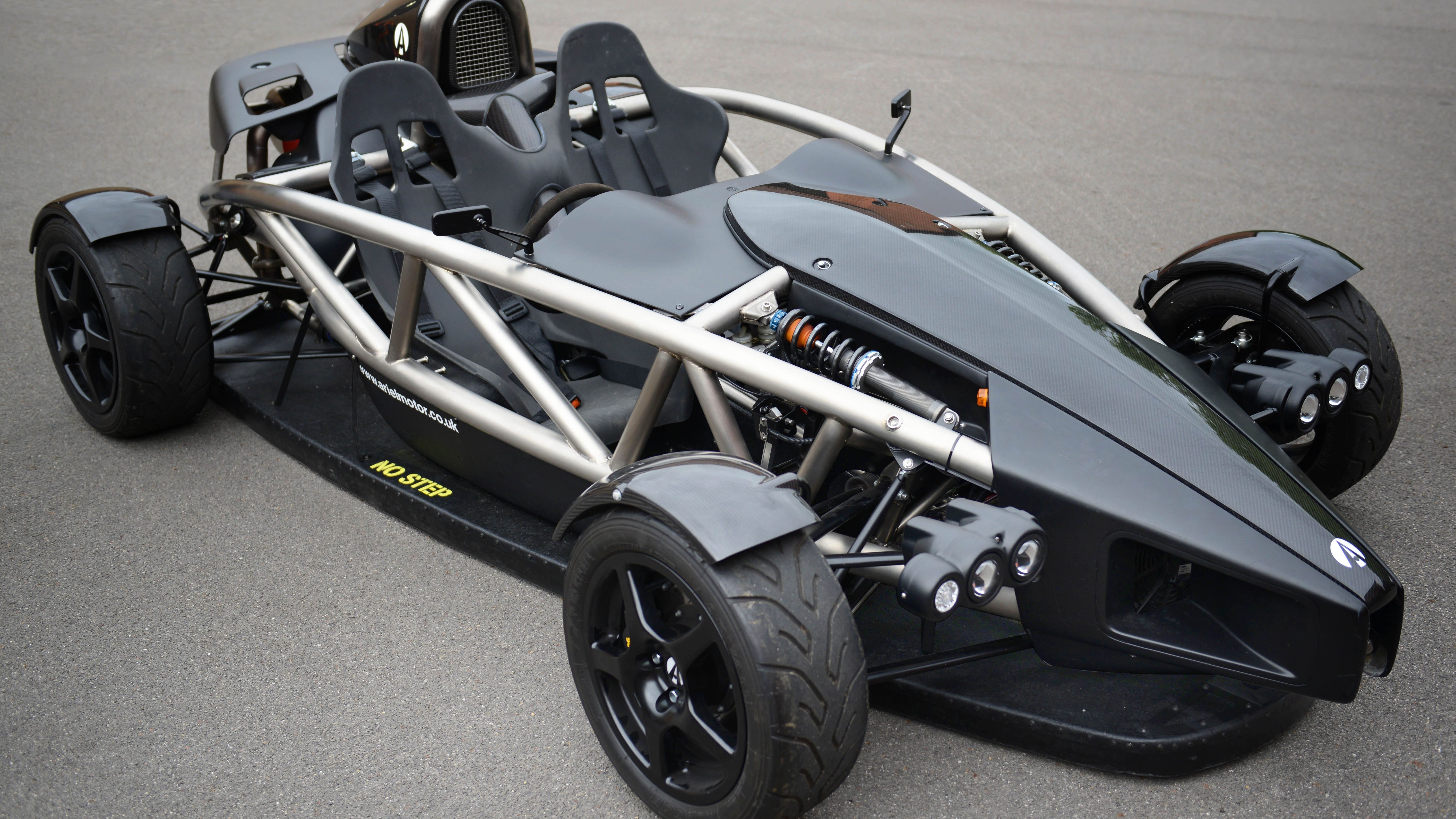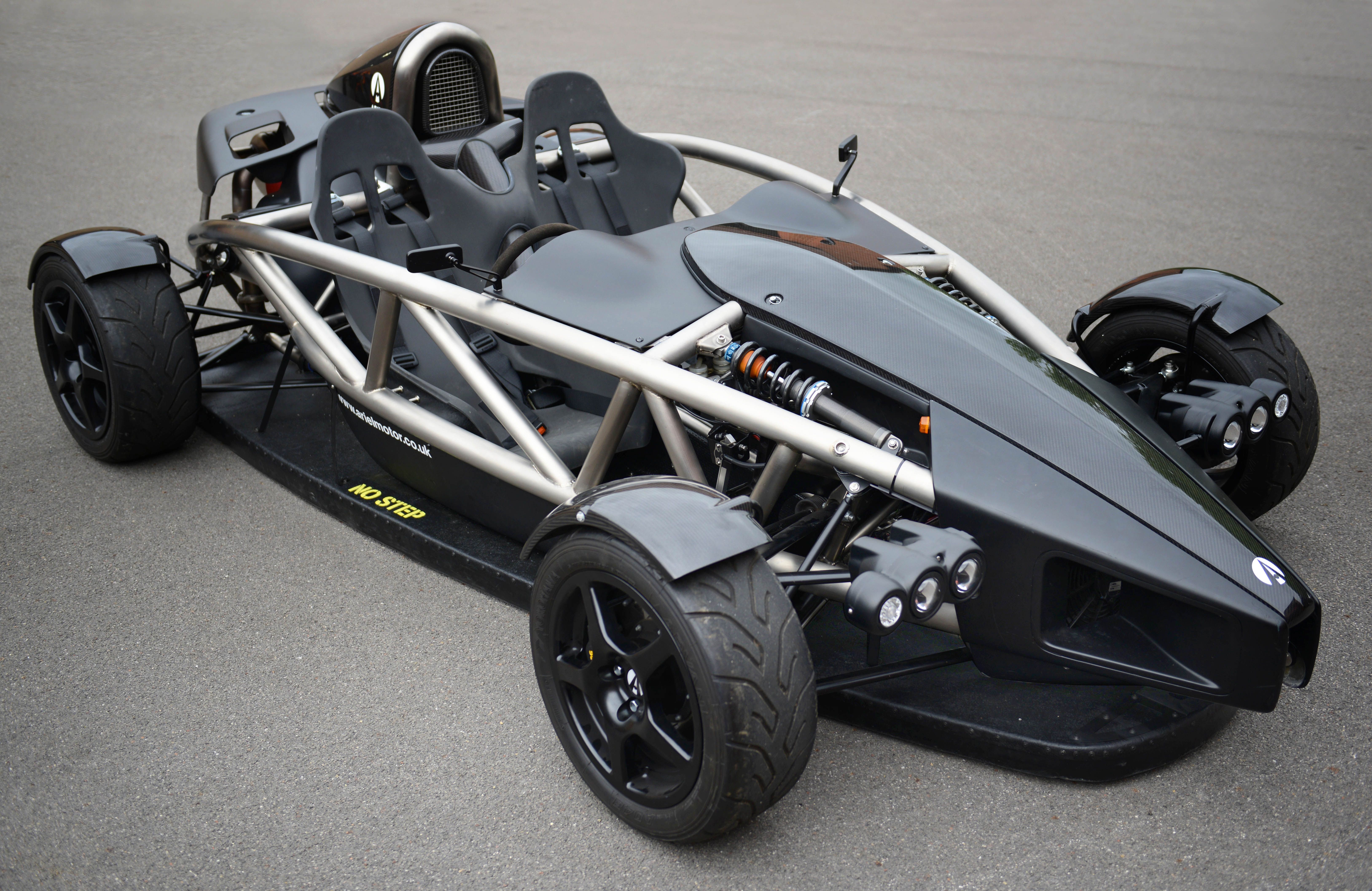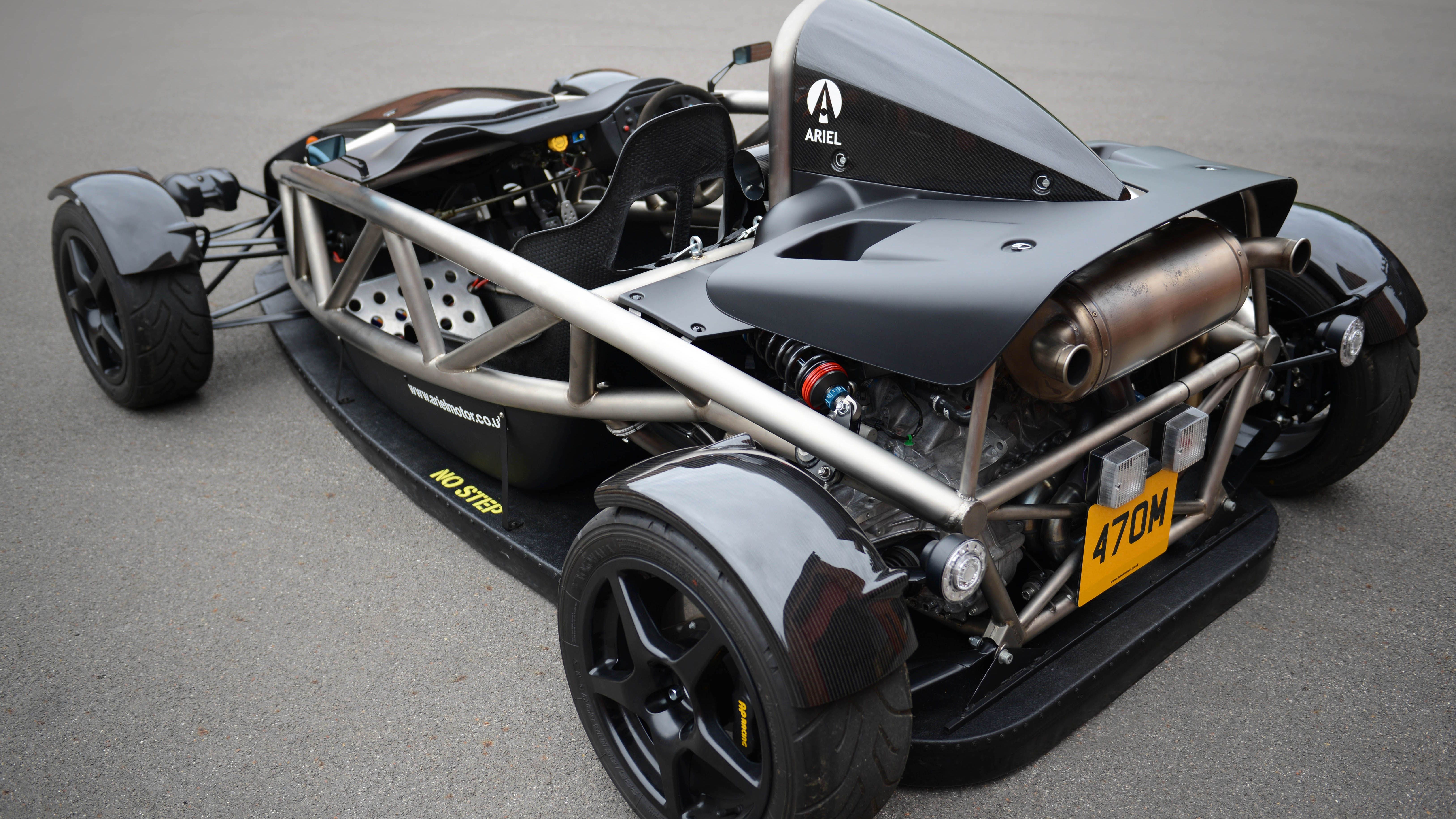First shown to the public in concept form in 1996, the Ariel became a production model in the 2000s and has spawned several variants since then. The latest to hit the street was the Atom 3S in 2014, but that's not to say that Ariel has been resting on its laurels since then. Come September 2016, and the British company introduced its most revolutionary concept to date. Called the Aero-P, the Atom you're looking at lacks the car's familiar rear wing. That's because Ariel fitted this prototype with two high-speed fans underneath, which minimize drag while producing downforce from a standstill.
Still a work in progress in cooperation with TotalSim and Delta Motorsport, the Aero-P, which is short for Aerodynamic Efficiency Requirements & Optimisation Project, aims to solve the negative aspects of conventional aerodynamic devices. Specifically, while splitters, winglets, and big rear wings provide subtantial downforce, it is only available at slow speeds and the drag that comes with the extra downforce at high speeds reduces top speed and has a negative effect on fuel consumption.
For the Aero-P, Ariel ditched the conventional rear wing and installed two small and lightweight fans underneath, as well as added moulding and rubber skirts to the bottom of the tub. The idea is for the fans to suck the car to the ground in order to provide extra downforce and increase acceleration and cornering speed, among other factors. According to the company, the test car makes about three times the downforce of the regular Ariel Atom, with plenty of room for improvement.
“When the system is turned on the car visibly squats on the ground so you can see it working, which is pretty exciting,” said Simon Saunders, director of Ariel. “We’re already making about three times the downforce as aerofoils, but this really is just the first step and a very early stage in what is a large and complex project to bring to a production reality, so we have a lot more work to do.”
Although spectacular at first glance, the idea behind the Aero-P isn't exactly new. Keep reading to find out where Ariel took inspiration of this concept.
Continue reading for the full story.
Further Thinking
The technology was pioneered by race car builder Jim Hall, who invented it for the Chaparral 2J in the late 1960s. The Can-Am race car was fitted with two fans powered by a small snowmobile engine, while the side skirts were sealed off in order for the car to be sucked to the ground. The improvements versus traditional aerodynamics were remarkable, with the 2J being more than one second quicker than anything else during Can-Am qualifying and impossible to trail during races. Unfortunately, the car was plagued with mechanical problems and failed to win races, but despite that, McLaren, the then-dominant force in Can-Am, pressured the series to ban the technology.
The fans returned in 1978, this time in Formula One. After Lotus started meddling with ground effects in 1977, Gordon Murray conceived the Brabham BT46 with a massive fan under its rear wing. Much like the 2J, the BT46 was significantly quicker than its competitors and went on to win its first official race with Niki Lauda behind the wheel. But its success also brought it a ban from the FIA, after rival teams complained about the fan throwing debris from the track in front of cars that followed behind. The BT46 wasn't allowed to race another event and the "sucker car" disappeared forever from the race track.
Ariel admits the Aero-P was inspired by both the 2J and BT46, but says it wants to take things up a notch by combining the downforce obtained from the fan with technology that will improve fuel economy and reduce CO2 emissions. The Brits are even considering a hybrid drivetrain since the fans already require a battery pack. However, the prototype is still in its infancy, and other than the tremendous improvements over the winged car, Ariel didn't have much additional information to provide.
There are no plans to develop a streetable, production Atom based on this test car, but Ariel says that the technology could "trickle down from high-performance vehicles to conventional passenger cars over time." This will be extremely challenging though, as the rubber skirts are only a few millimeters above the ground and it might not be able to deal with rocks and speed bumps.



